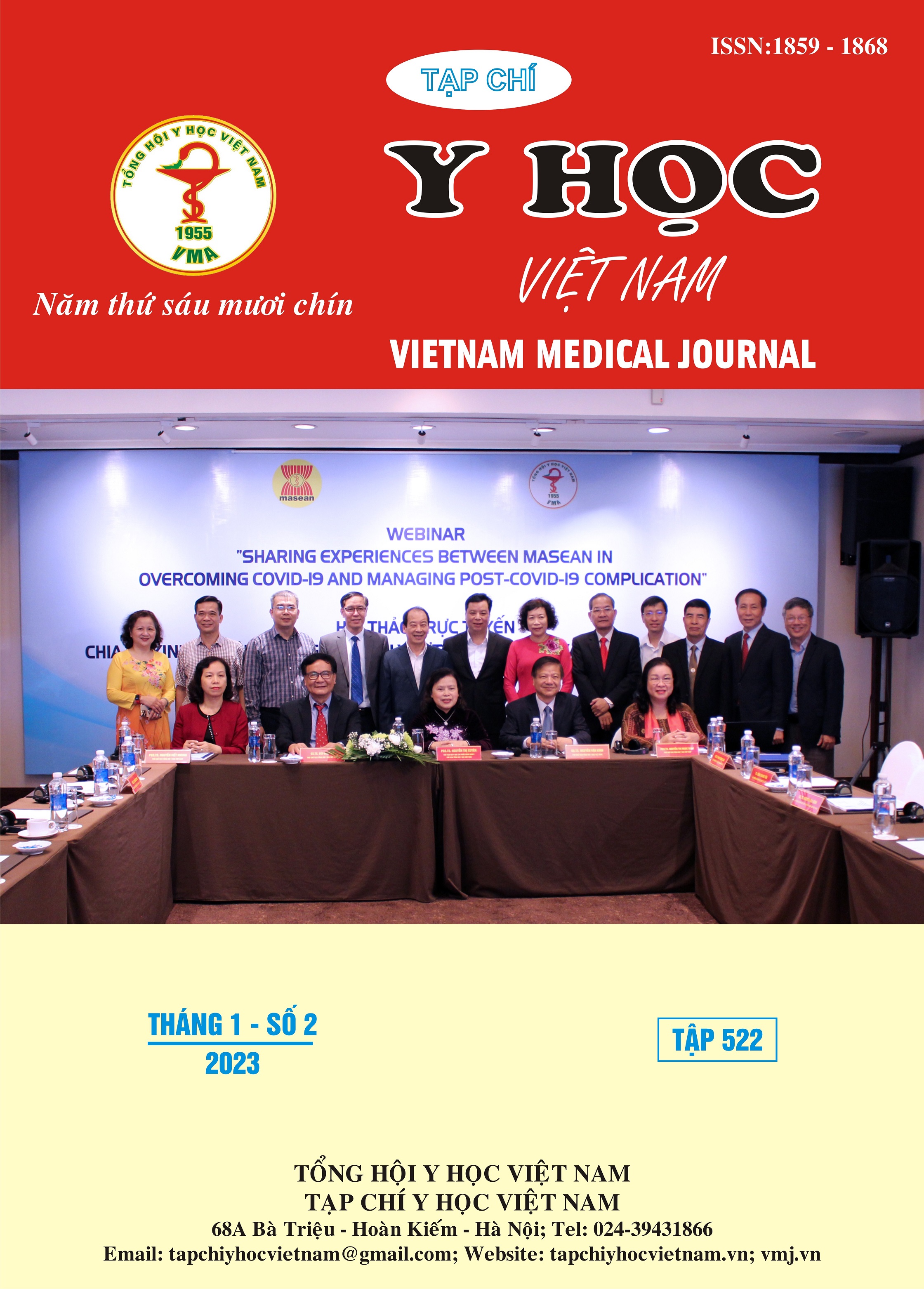THE ROLE OF GEDVI (GOAL END DIASTOLIC VOLUME INDEX) AS PREDICT FACTOR FOR FLUID RESUSCITATION IN PATIENT WITH SEPTIC SHOCK AT EMERGENCY DEPARTMENT
Main Article Content
Abstract
The hemodynamic investigation has a pivotal role in decision making for fluid resuscitation. The GEDVI index (Goal End-Diastolic volume index) provide the precise information cause it is independent to ventilation, abdominal cavity pressure and to be the guide for volume resuscitation. We conducted the study to evaluate the role of GEDVI as guide and predict factor to clinical judgement in emergency setting. We found that, the smaller number of GEDVI before infusion, the greater respond to the fluid resuscitation outcome.The average value of GEDVI had the predict value with AUC of 0,732 (95% CI: 0,609-0,856). With the cutoff value under 600, the sensitivity was 0,68, specificity of 0,73, positive prediction value of 82.1%, negative prediction value of 55.9%. Conclusion: Those outcome of our study told us the treasure of GEDVI in the effectiveness of fluid resuscitation in septic shock patients
Article Details
Keywords
hemodynamic investigation, septic shock, fluid resuscitation
References
2. Sakka SG, Reuter DA, Perel A. The transpulmonary thermodilution technique. J Clin Monit Comput. 2012;26(5):347-353. doi:10.1007/ s10877-012-9378-5
3. Yang X, Du B. Does pulse pressure variation predict fluid responsiveness in critically ill patients? A systematic review and meta-analysis. Critical care medicine. 2014;18(6):650. doi:10.1186/s13054-014-0650-6
4. Michard F, Bahloul M, Teboul J-L. Global end diastolic volume as a indicator of cardiac preload in patients with septic shock. Chest. 2003;124(5):1900-1908.
5. Monnet X, Marik PE, Teboul J-L. Prediction of fluid responsiveness: an update. Annals of Intensive Care. 2016;6(1):111. doi:10.1186/ s13613016-0216-7
6. Renner J, Gruenewald M, Brand P, et al. Global End-Diastolic Volume as a Variable of Fluid Responsiveness During Acute Changing Loading Conditions. Journal of Cardiothoracic and Vascular Anesthesia. 2007;21(5):650-654.


